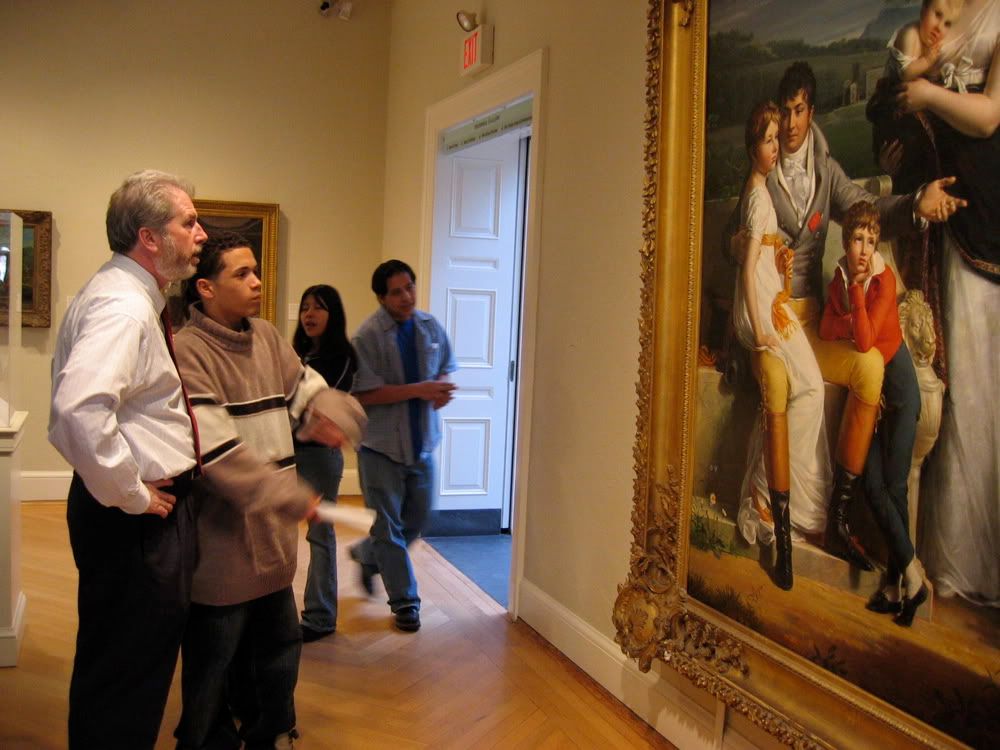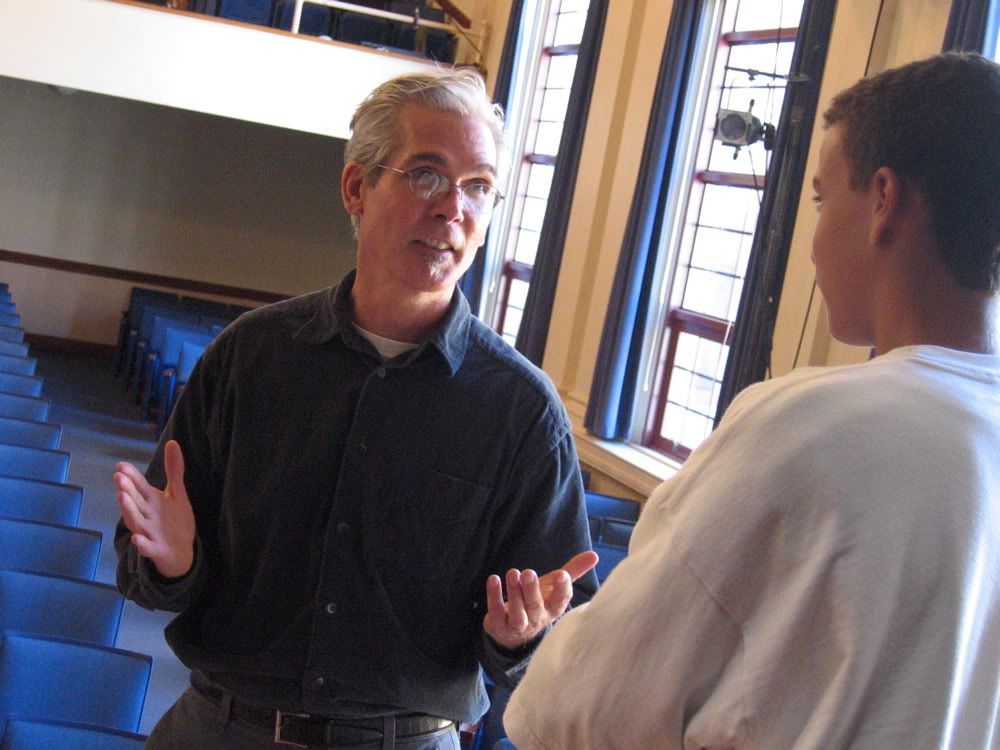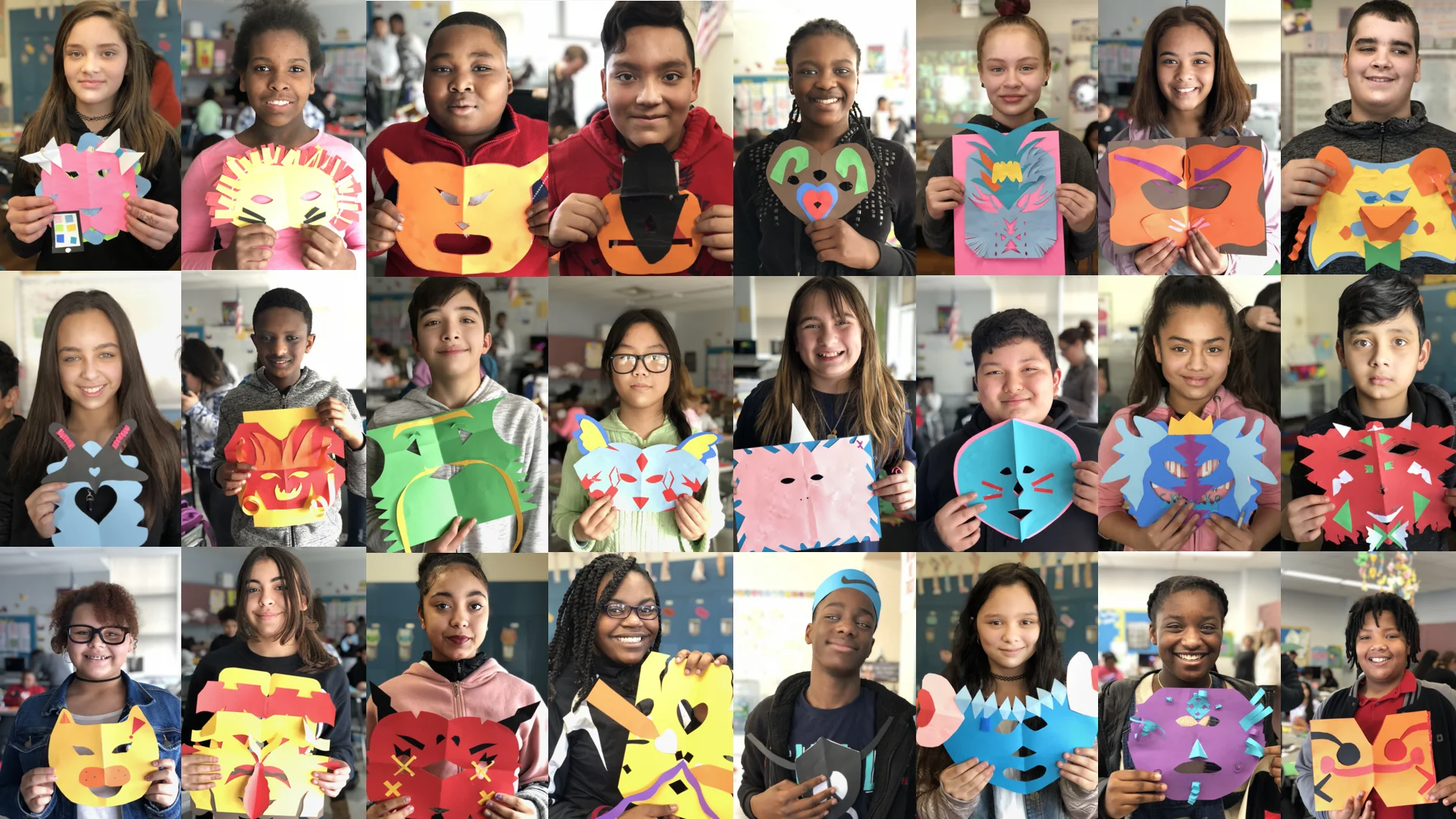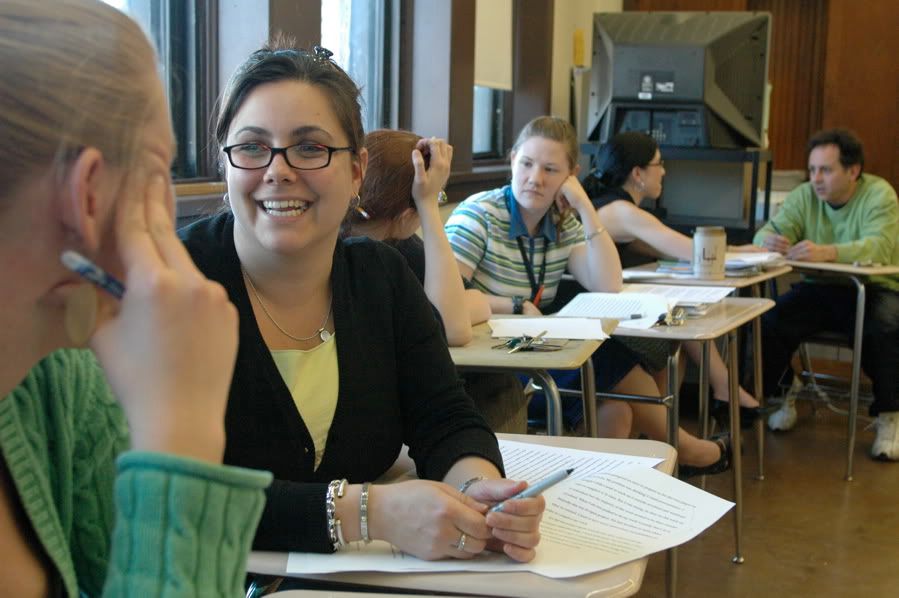In a recent speech about education, Obama stated:
In Rhode Island last week at a chronically troubled school . . . when a school board wasn't able to deliver change by other means, they voted to lay off the faculty and the staff. As my Education Secretary, Arne Duncan, says, our kids get only one chance at an education, and we need to get it right.
"Getting it right" in education is a complicated endeavor and begs the question, "How do we know when we are getting it right?" Is it when all of our students graduate from high school? Is it when the students graduate high school with a set of skills that will allow them to be successful in the workplace? Is it when all of our students not only graduate high school but also successfully make it through college? And then how do we know when a teacher is "getting it right"? Is it really just a reflection of his or her students' test scores?
Over the years I have collaborated with and observed hundreds of teachers in public schools. Here, in my estimation, are some qualities of teachers who are "getting it right":
A demand for high quality work. Deanna Camputaro teaches art at an urban school, and not just visual art; she teaches modern and African dance, photography, theater, and film. Every year she and her students produce a multimedia performance for Martin Luther King Day. They write scripts, choreograph dances, shoot films, take photographs, and fuse it all into a breathtaking show. It is the kind of model work in arts education we would hope to see in all schools across the country. It is work created by the students of the highest quality and Deanna works tirelessly day and night to help the students reach their full potential.

Laughter. I have never seen a successful classroom where there wasn't joy and happiness involved in the learning process. Len Newman and Richard Kinslow taught a class of Newcomers: students who had recently arrived in the United States. These students had never been in an American school before, so Len and Richard, in addition to developing the students' reading and writing in English, created a classroom that was filled with warmth and laughter, every day. The students enjoyed the class so much they made it a priority to go to school, despite their sometimes difficult lives outside of the classroom.

Meaning. The best ideas mean nothing if the students don't care. The lessons we shape for the classroom must involve the lives of the students and matter to them. Michael Paul is a teacher who consistently reads books outside of school, seeks the advice of other teachers, and tries to design that perfect lesson that will reach the students. As a teacher of English to diverse students from around the world, he creates an experience for students that both challenges and resonates with their cultures.

Dynamism. Most schools ask students to sit in a chair for over six hours every day, five days a week. Great teachers create opportunities for students to get out of their seats and participate in collaborative projects outside of the classroom. Deloris Grant teaches English literature. Like in many English classes around the nation her students read Shakespeare. However Deloris's students memorize lines, direct scenes, and produce one of Shakespeare's plays. She lovingly pushes her students to do extraordinary work, not only in their seats, but also in the hallways, around the edges of her classroom, and on the school's stage.
These teachers are a few of those who are "getting it right." They teach in a difficult setting in an economically poor town where many students have recently arrived from other countries. The students come from all around the world: Africa, the Caribbean, Latin America, and Eastern Europe. These teachers do not see the students' cultural diversity as a deficit, rather as a rich resource. Len Newman teaches English to the students by asking them to tell their stories of coming to America. They learn to communicate in English by constructing narratives about their own lives and telling the community about who they are.
These teachers all work at Central Falls High School, the Rhode Island school Obama mentioned in his speech. They were all fired recently. Obama and Arne Duncan point out that such extreme measures might be necessary on the road to "getting it right." I do realize that the teachers mentioned above are only a few teachers in the school. What about the rest? The teachers in Central Falls High School, where I too worked for six years, are like the teachers in every other urban school across the United States. There are some who are exceptional, there are many who are very good, and, yes, there are a few who perhaps are not doing their jobs well. We do need a much more nuanced approach to evaluating teachers, and when necessary, asking those who are not helping the students to leave the profession. At the same time, we need to hold up as exemplars, those that are working in a difficult setting every day and doing an extraordinary job.
Len Newman, Richard Kinslow, Deanna Camputaro, Michael Paul, and Deloris Grant, in a public meeting in front of the Central Falls community (and due to the media coverage in front of the nation), were all summarily dismissed. Each of their names was read out to the community. Sobs could be heard across the Central Falls High School auditorium as all teachers in the school lost their jobs. They will be allowed to reapply. However, all of these teachers I mentioned have been teaching for years (one of the reasons they are exceptional teachers). Will this district hire them back at the highest pay scale or will they replace them with much cheaper Teach for America recruits or young graduates of education schools? Is this the example we want to set across the country for "getting it right"?
An article in the The New York Times indicates:
A coming swell of baby-boomer retirements is expected to force school systems to hire up to a million new teachers between now and 2014.
If "getting it right" means firing all the teachers in the school, who of our best teachers will choose to teach in urban schools in the next decade? Central Falls isn't the exception -- nearly all urban schools in the United States are under-performing. Firing teachers across the United States will have a devastating effect on the lives of specific teachers and on the field of teaching in general. Education reformer Ted Sizer always said the most important relationship in education is between the teacher and the child. As a nation it seems we are only thinking about large sweeping policies and forgetting about the day-to-day work in schools that makes a difference in the lives of our students.
Notes and Links:
Photographs by Jori Ketten and Kurt Wootton
Bob Kerr's article about Central Falls in the Providence Journal.
Rob Deblois's editorial in the Providence Journal.
See Michael Paul, Richard Kinslow, and Deloris Grant in a slideshow in the New York Times.
Read Educator Diane Ravitch's editorial on Central Falls "Obama's Awful Education Plan"












